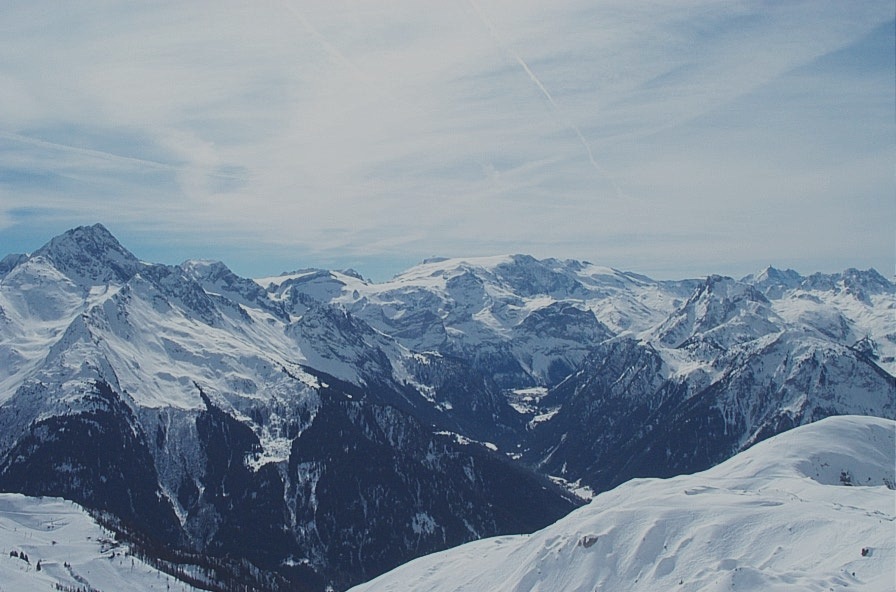
Vladas SIDORAVICIUS (IMPA)
Absorbing state phase transitions: challenges for mathematicians
Modern Statistical Mechanics offers a large and important class of driven-dissipative
lattice systems that naturally evolve to a critical state, which is characterized by
power-law distributions of the sizes of relaxation events. A paradigm example is the
emergence of avalanches caused by small perturbations in sandpile models.
In many mathematically interesting and physically relevant cases such systems are attracted
to a stationary critical state without being specifically tuned to a critical point.
In particular, it is believed that this phenomenon lies behind random fluctuations at the macroscopic
scale, and creation of self-similar shapes in a variety of growth systems.
Due to strong non-locality of correlations and dynamic long-range effects, classical
analytic and probabilistic techniques fail in most cases of interest, making the
rigorous analysis of such systems a major mathematical challenge. Among theories which
attempt to explain long-ranged space-time correlations, the physical
paradigm called "self-organized criticality" takes its particular place.
It appears in systems whose natural dynamics drives them towards, and then maintains
them at the edge of stability.
However, for non-equilibrium steady states it is becoming increasingly evident that
self-organized criticality is related to conventional critical behavior, namely that of
an absorbing-state phase transition. This is the main topic of the course.
The known examples are variations of underlying
non-equilibrium systems which actually do have a parameter and exhibit critical
phenomena. The phase transition in these systems arises from a conflict between a
spread of activity and a tendency for this activity to die out, and the transition
point separates an active and an absorbing phase in which the dynamics gets
eventually extinct in any finite region.
During my course I will focus on two chief examples of conservative, infinite-volume
systems which belong to the above mentioned family: the activated random walk
model for reaction-diffusion and the stochastic sandpile model. I will show some novel ideas and
techniques which allow us to get a step forward in understanding this transition, and discuss many remaining
open problems.
